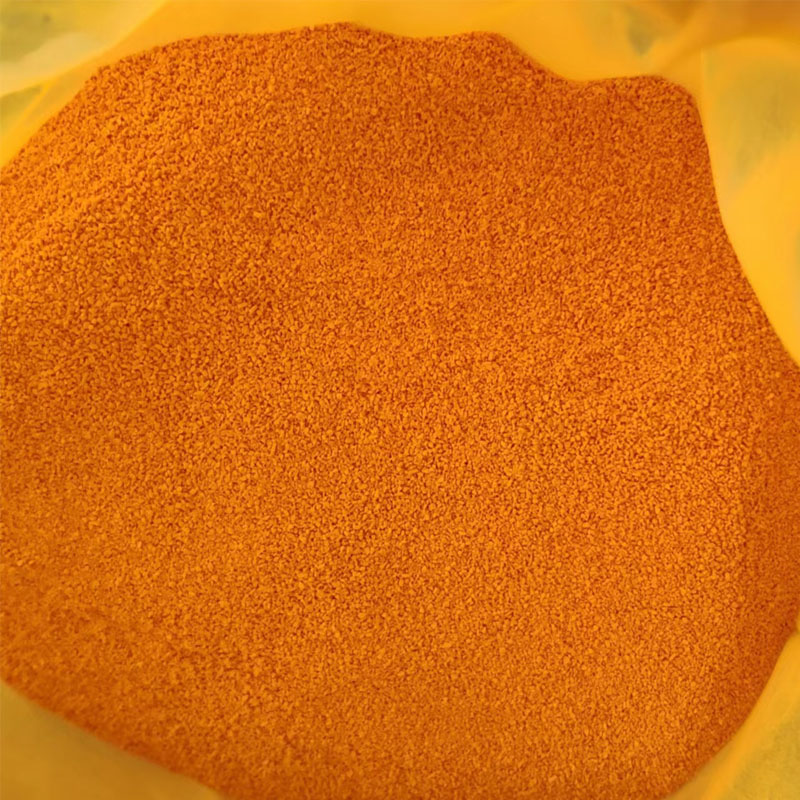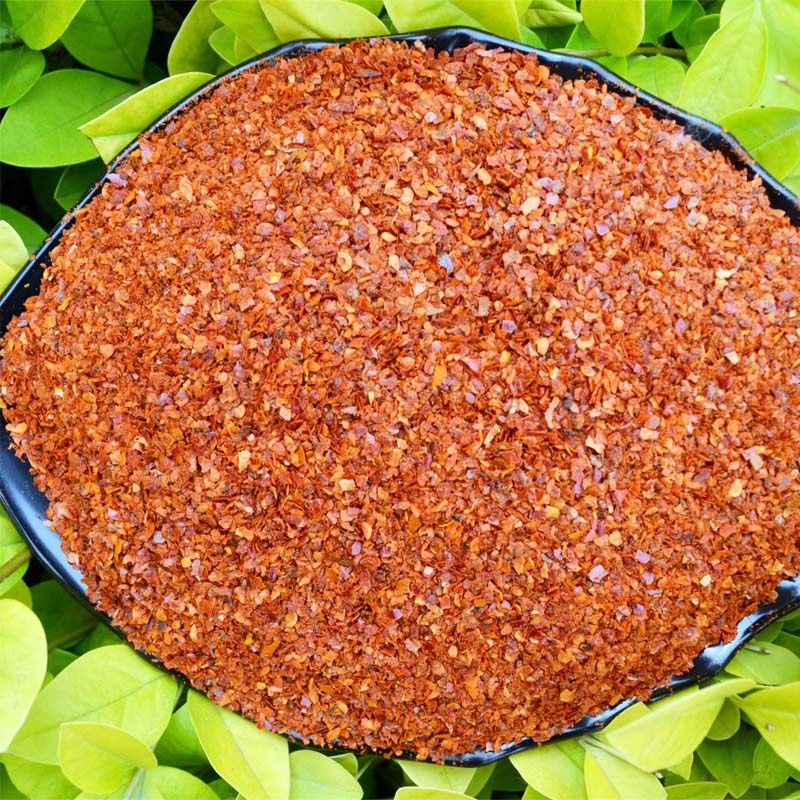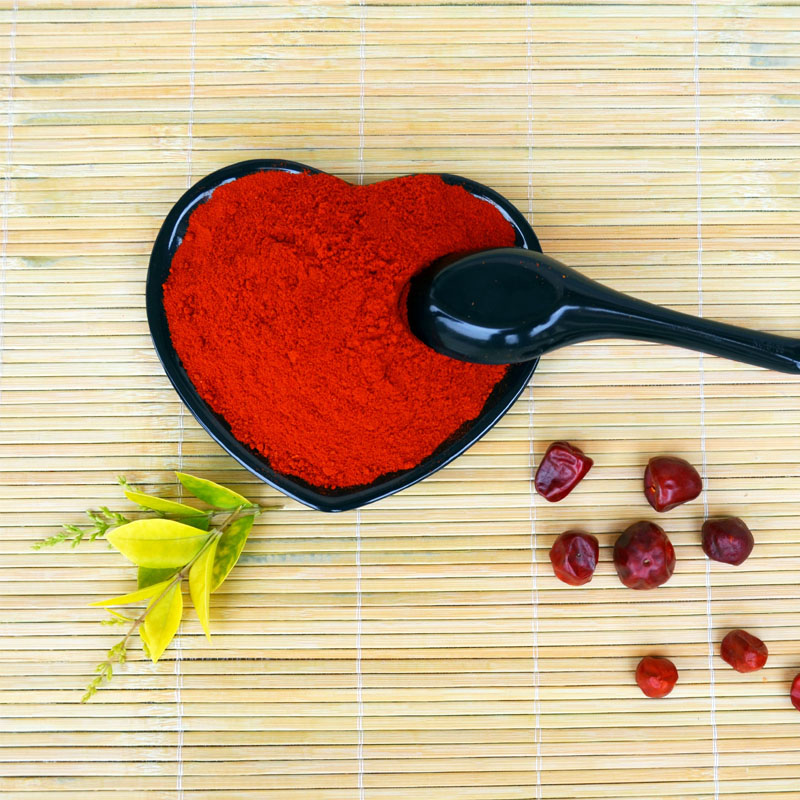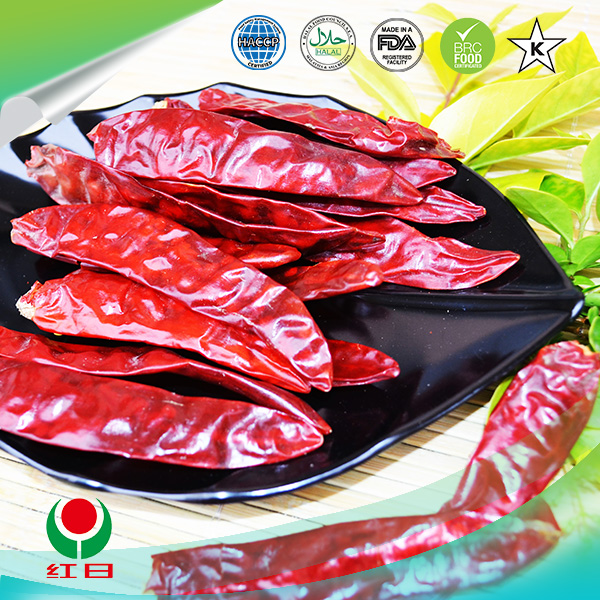- No. 268 Xianghe Street, Economic Development Zone of Xingtai city, Hebei 054001 China
- Byron@hbhongri.cn
Exploring the Culinary Uses and Health Benefits of Dried Chili Peppers in Cooking
The Versatility and Appeal of Dried Chili Peppers
Dried chili peppers, with their vibrant colors and intense flavors, are a staple in many cuisines around the world. From the fiery heat of the Ghost Pepper to the sweet warmth of the Ancho, these dried fruits not only enhance the taste of dishes but also offer a myriad of health benefits. As culinary enthusiasts increasingly explore global flavors, the use of dried chili peppers has surged, leading to their incorporation in various recipes, snacks, and even beverages.
One of the most appealing aspects of dried chili peppers is their versatility. They can be used in a variety of forms—whole, crushed, or powdered—making them easy to incorporate into an array of dishes. In Mexican cuisine, for example, dried chilies like Pasilla and Guajillo are essential for creating rich mole sauces that serve as a base for numerous traditional dishes. In Italian cuisine, crushed red pepper flakes bring a hint of heat to pasta, while in Indian cooking, dried chilies are ground into spice blends that form the backbone of many curries.
Moreover, the process of drying chili peppers intensifies their flavor and alters their heat profile. While fresh peppers might have a crisp, bright flavor, their dried counterparts often deliver a deep, smoky taste. This transformation makes them ideal for slow-cooked dishes, as they release their flavors gradually, infusing soups, stews, and sauces with complexity. Additionally, the smokiness of certain varieties, such as Chipotle, adds an extra dimension that can elevate a simple recipe into a memorable one.
Beyond their culinary attributes, dried chili peppers also boast impressive health benefits. They are rich in vitamins A and C, contributing to immune support and skin health. Furthermore, they contain capsaicin, the compound responsible for their heat, which has been shown to have anti-inflammatory properties and may assist in pain relief. Some studies suggest that capsaicin can boost metabolism and aid in weight management, making dried chili peppers a valuable addition to a balanced diet.
dried chili peppers

When it comes to storage, dried chili peppers have a long shelf life, making them a practical choice for home cooks. They can be kept in a cool, dark place for several months, and even longer if vacuum-sealed or refrigerated. To make the most of their flavor, many culinary experts recommend toasting whole dried peppers in a dry skillet before grinding or using them in recipes. This simple step helps to release their natural oils and enhances their flavor profile even further.
For those new to cooking with dried chili peppers, it's essential to understand the varying levels of heat they possess. Scoville Heat Units (SHU) measure the spiciness of peppers, ranging from mild varieties like Poblano (1,000 - 2,000 SHU) to scorching options like Carolina Reaper (over 1,500,000 SHU). It's advisable to start with milder options and gradually experiment with hotter varieties to find the right balance for your palate.
In recent years, the popularity of dried chili peppers has also influenced trends in food and beverage. Artisan hot sauces, infused oils, and even chocolate featuring dried chilies are gaining traction among foodies, showcasing the exciting potential of this often-overlooked ingredient. The unique flavor combinations and health benefits associated with dried chili peppers are enticing adventurous eaters to explore their full culinary potential.
In conclusion, dried chili peppers are more than just a way to add heat to a dish; they are a flavorful, versatile, and healthful ingredient that can enhance any culinary creation. As we continue to embrace global flavors and cooking techniques, the humble dried chili pepper will undoubtedly hold an esteemed place in kitchens and on tables around the world. So whether you're spicing up a simple stew or crafting a gourmet sauce, don't overlook the incredible impact that dried chili peppers can have on your cooking journey.
-
Turmeric Rhizome Powder: A Golden Treasure from Roots to TableNewsJul.28,2025
-
The Versatile Application Of Crushed Red Hot Peppers: Lighting Up The Red Flames On The Dining TableNewsJul.28,2025
-
The Paprika: A Touch Of Vibrant Red In Color, Flavor, And CultureNewsJul.28,2025
-
Ground Turmeric: A Modern Examination of an Ancient SpiceNewsJul.28,2025
-
Capsicum Liquid Extract: Features, Applications, and ChallengesNewsJul.28,2025
-
Application of Capsicum Liquid Extract in FoodNewsJul.28,2025







